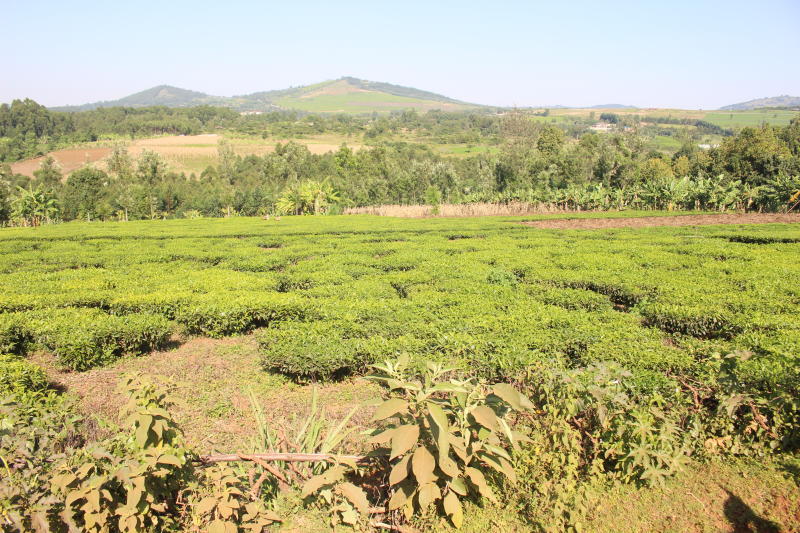×
The Standard e-Paper
Home To Bold Columnists

Borabu Settlement Scheme boasts some of the best views in Nyamira County. Undulating hills and lush farms coupled with the clean crisp air of an unpolluted countryside have over the years proven irresistible to the region’s ultra-wealthy.
Since its formation in 1963, now almost every son of Kisii and Nyamira County worth his salt is spreading themselves thin to own a slice of what is quickly becoming the playground for the rich and famous of the region.